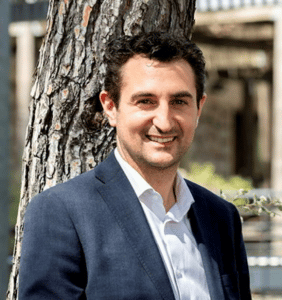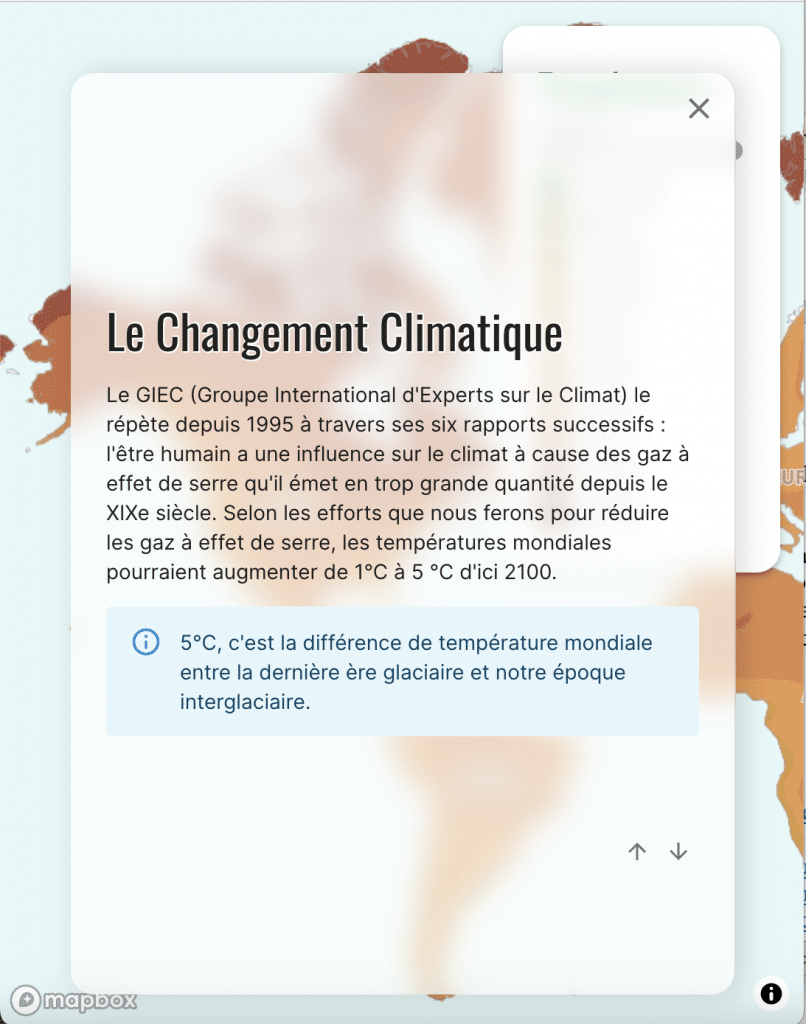Actualités
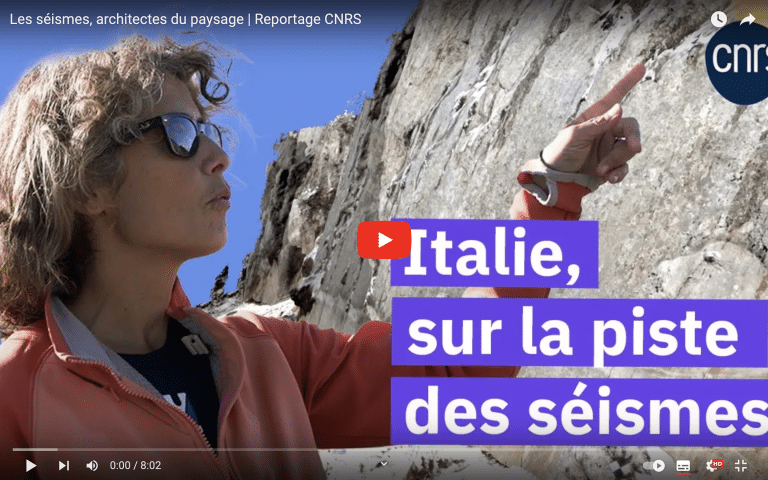
Les séismes, architectes des paysages
En Italie, les paysages révèlent l’histoire des séismes Ces dernières années, le centre de l’Italie a été touché par d’importants séismes, dont deux particulièrement meurtriers en 2009 et 2016. Le
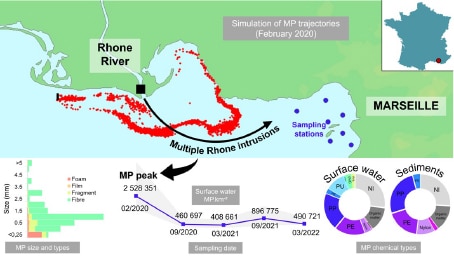
Les microplastiques dans le Baie de Marseille
Influence of the Rhone River intrusion on microplastic distribution in the Bay of Marseille, Alcaïno et al, 2024, Regional Studies in Marine Science La contamination ubiquiste des matrices environnementales par
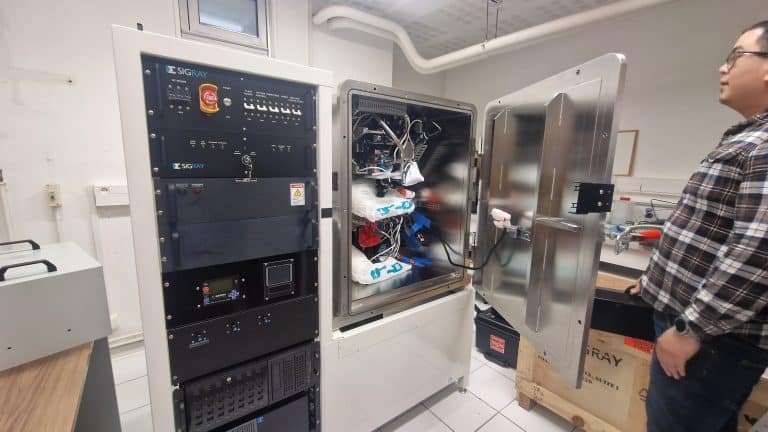
Réception d’ATTOMAP 310 au CEREGE
Dans le cadre du projet IMAGINE2 (plateforme nationale d’IMagerie et d’Analyse pour Guider l’INnovation face à la transition Environnementale et Énergétique), le CEREGE héberge aujourd’hui dans ses murs l’ATTOMAP 310,
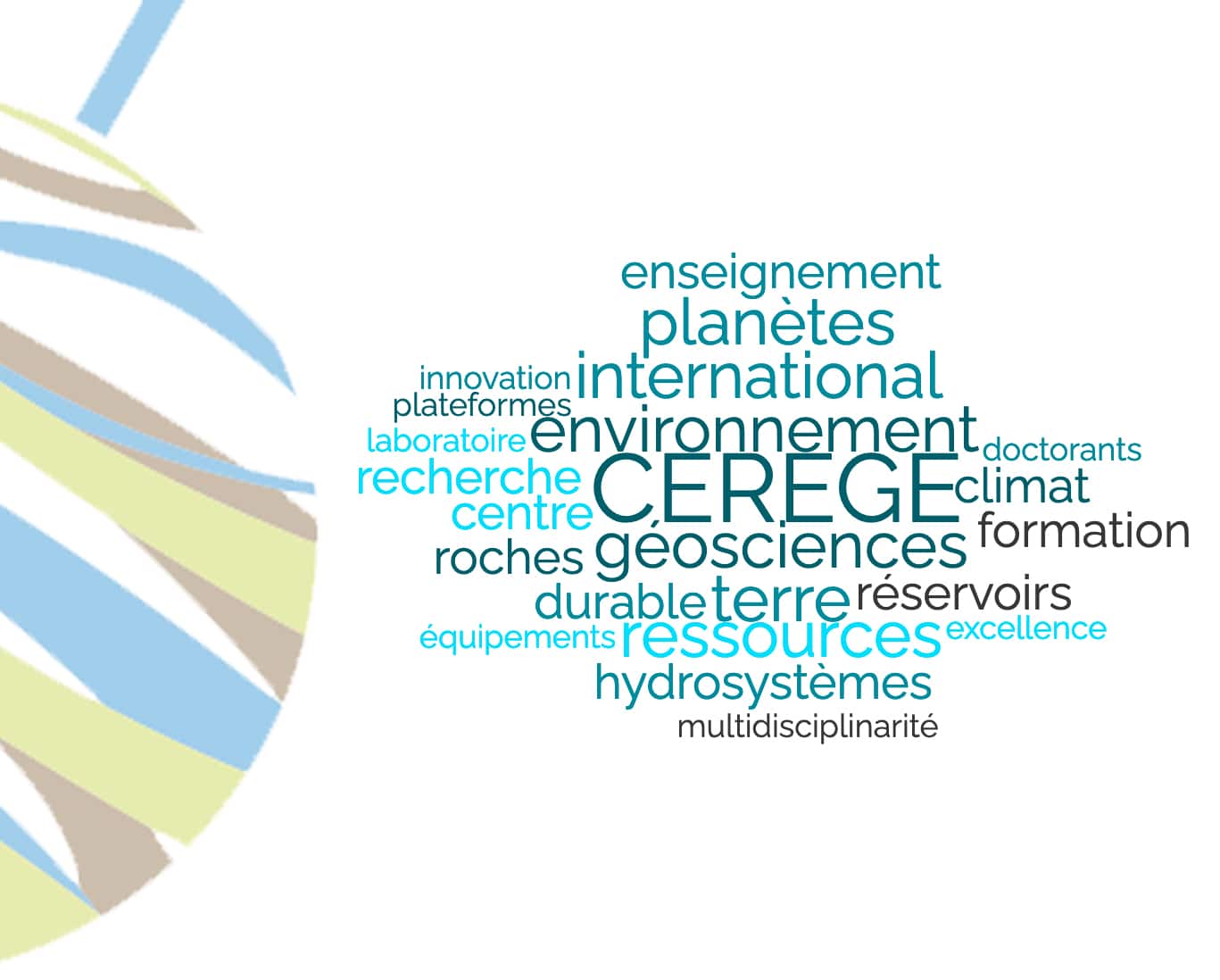
Centre de Recherche et d’enseignement multidisciplinaire international, le CEREGE couvre quasiment l’ensemble des Géosciences de l’Environnement, avec un objectif : étudier la dynamique des processus environnementaux et leurs perturbations sous contrainte naturelles ou anthropiques.
« Le CEREGE, avec 278 personnels, dont 138 permanents, est une unité de recherche majeure dans le paysage scientifique français. » HCERES 2023
Pôle d’excellence de par ses compétences humaines et ses capacités instrumentales, les recherches du CEREGE s’appuient sur des laboratoires et plateformes analytiques, des collaborations inter-équipes et un large réseau de collaborations nationales et internationales. Les équipes-thématiques s’appuient sur des laboratoires de pointe, un champ d’expertise multiple et complémentaire, alliant techniques de l’observation du terrain à l’expérimentation analytique et la modélisation numérique.
Le CEREGE propose des formations de l’UFR Sciences et de l’OSU Institut Pythéas depuis la Licence jusqu’au Master et Doctorat.
Joël Guiot, paléoclimatologue au CEREGE, auteur dans le rapport spécial du GIEC sur un réchauffement de +1,5°C, a participé à l’élaboration du simulateur SimOn
